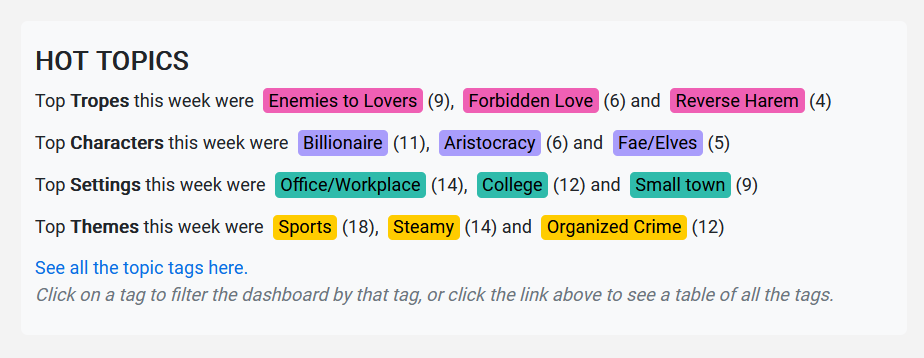Market Awareness
for Romance Authors
Nat 'Nose' Connors
<nat@kindletrends.com>

MFRW February 2025
FINDING YOUR NEIGHBORHOOD
Me (v. briefly)
-
Small-town romantic comedy -
The Kindletrends newsletter


Kindletrends
-
Weekly and monthly information for your genre
- First month free
- You can cancel anytime you want
- One price for everything. No upselling, premium tiers, ads, or sponsorship.
- Use the code MFRW for the next week, and subscribe for USD10/month forever.

Some free resources:
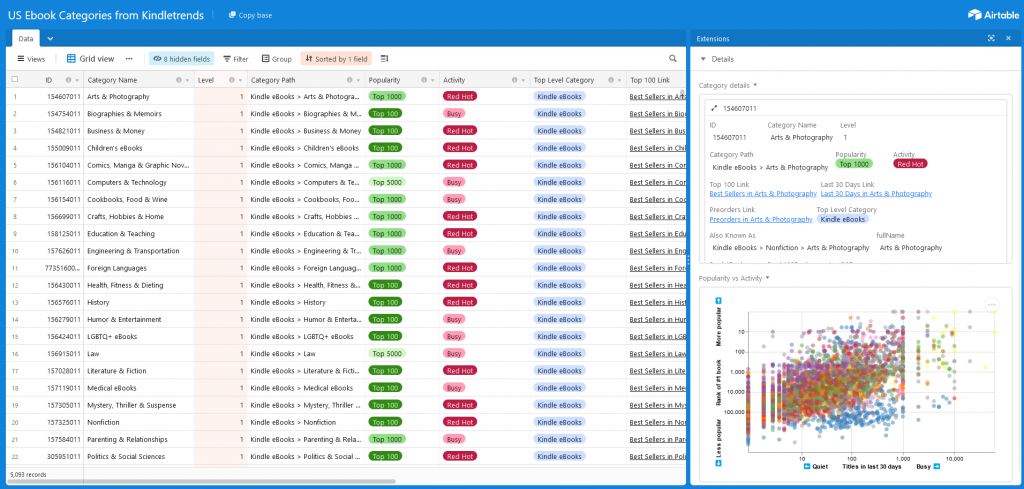
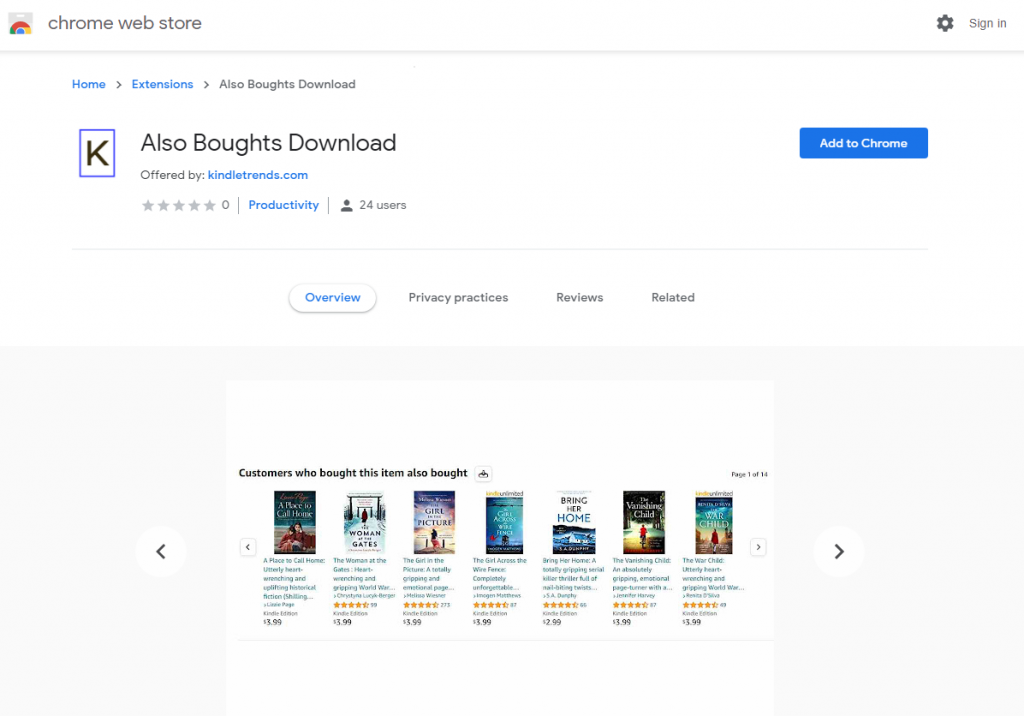
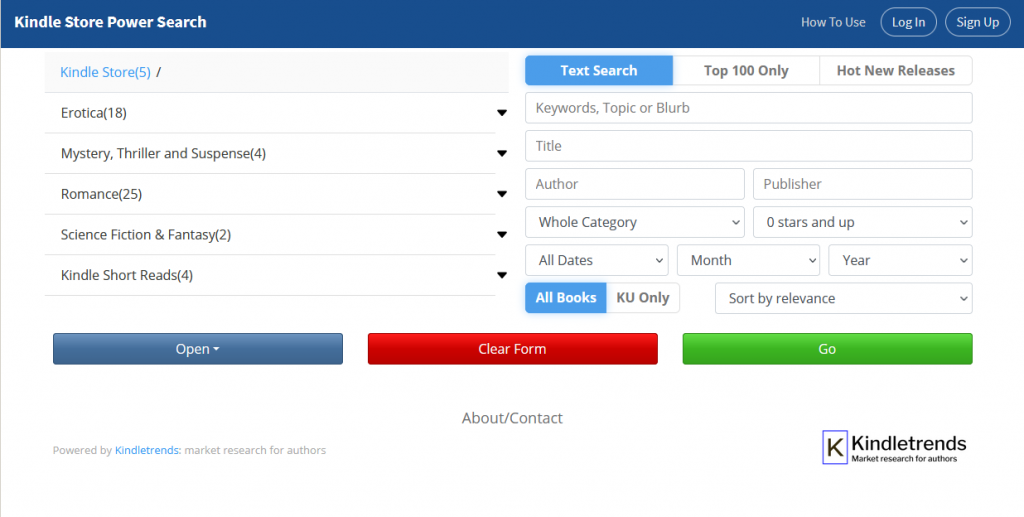
Listing all Kindle Store categories
Downloading the Top 100
Searching the Kindle Store
Follow along!
This is a web-based slide presentation. To go forward, press the space bar, use the arrow keys, or swipe if you're on a touchscreen.
This talk
Some waffly conceptual stuff
Step-by-step procedures using free resources
Some waffly conceptual stuff
Why I keep saying 'market awareness'
Your author 'neighborhood'
What a 'story element' is
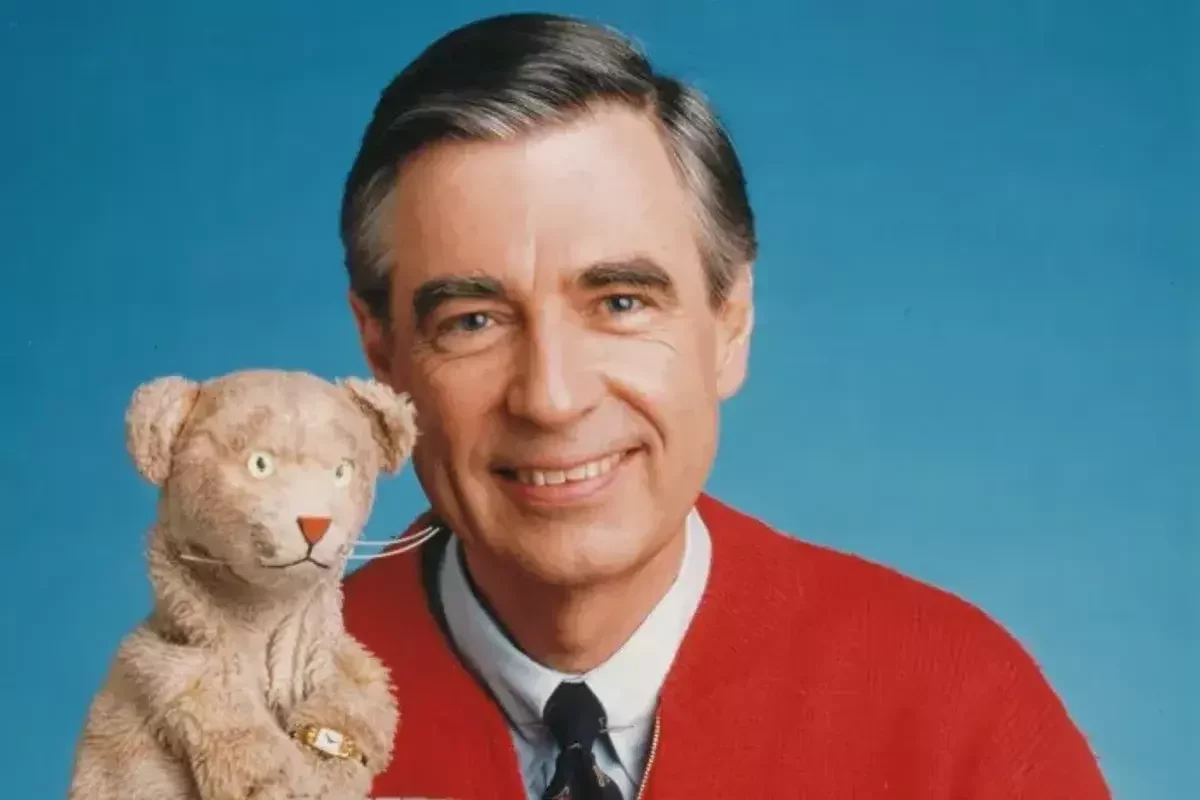
Market awareness
vs market research
An ongoing process...
that informs and is connected to your craft
and includes different activities, but is part of a whole
For experienced authors
-
Understand how popular story elements can fit with your brand
-
Stay connected with your readers as they change
-
Avoid feeling stale or creatively unchallenged
For new authors
-
Discover core elements that resonate with readers over time
- Find your distinctive voice, and from it build your brand
Market awareness in your neighborhood
Our sample newsletter
This is freely accessible and will stay online. Please feel free to bookmark it, explore the information and share what you find with me and other Instalove University participantsYour 'neighborhood'

Your 'neighborhood'
isn't just your comps
or your (sub)genre

Your 'neighborhood'
Popular tropes, yes, but also:
The visual language of covers
Words and actions used to describe books
Other media your readers enjoy
Why is the concept of a neighborhood useful?
-
It helps reduce the sense of being overwhelmed by research
-
It reinforces the idea that it's made up of different parts with different natures
Today we're going to focus on story elements in your neighborhood
A story element
is a shorthand for a 'package' of emotions and experiences
Isn't this just a trope?
...well, maybe
but maybe not
An example

In horror, 'vampires' might represent:
-
Loss of humanity -
Damnation -
Tragedy
In romance, 'vampires' might represent:
-
Eternal love -
Obsession -
Loss of innocence
Our goal
in one sentence
Understand the essential story elements in our neighborhood that are resonating with readers, and see how those elements are promised in a cover, detailed in a blurb, and then delivered in a story.
Our own style, our own stories
Think of our neighborhood
in four parts
Four parts
Content
Blurbs
Covers
Mechanics




Content
Blurbs
Covers
Mechanics




Four parts to our neighborhood
Keep in mind
Covers make a promise to the reader
That promise is developed in the blurb
Then delivered in the story itself
"Will she marry him?"
"Reader, I married him."



Four parts to our neighborhood
Content
Blurbs
Covers
Mechanics




Content
or, what's in a book

Content
- Emotional content as much as craft
- Identify key story elements/affecting scenes
- Read reviews
- Common features between books

The Top 100

- This isn't novel - but I think it's what you are looking for that matters
- Amazon categories are a good place to start
- But they may not be a good representation of your neighborhood - be aware
Tool #1:
Kindle Power Search

(I'll include all the links in the show notes so don't feel you need to copy them down)

Tool #2:
Categories List

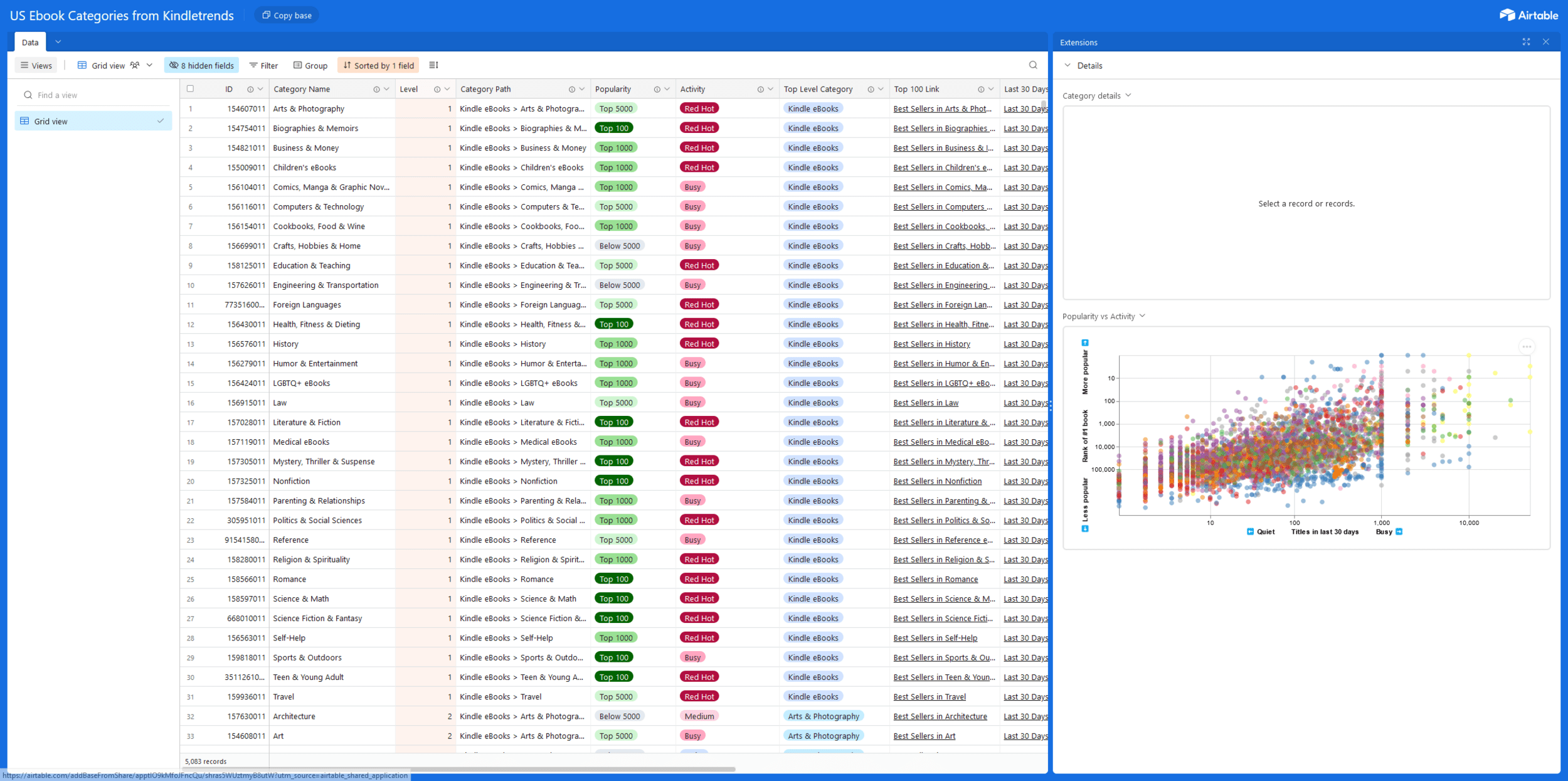
Tool #3:
Also Boughts & Top 100s Downloader


Kindletrends 2hr Romance Newsletter
Choose a few relevant books


Work through each book
in turn
-
Look for story elements, more than beats (although the two are not exclusive)
-
Take notes - we're going to refer back to them when we compare books, and when we look at blurbs and covers
-
Recurring elements are the most important

Next, read reviews
Note down the memorable story elements
What readers say is often less important than that they say it

Finally, compare your notes
Which elements are the same, and which are different?
How do similar or different elements affect the plot?
Which elements are consistently commented upon by readers?

Summary: Content

We can get a picture of how different writers interpret the same story elements
- and how these elements resonate with readers
Blurbs
or, what's on the buying page of a book


First
Start with the blurbs from the books we read for content




Start with the blurbs from the books we read for content




-
What parts of the blurb relate to the content?
-
Listing tropes is the most obvious feature
-
But be alert for other signals: e.g. the voice of a specific character, or hints at plot beats
Examples (1)





Tropes
Plot beats

Examples (2)




Tropes
Character voice


Examples (3)




Tropes
Character voice

Plot beats

Examples (2): Mystery




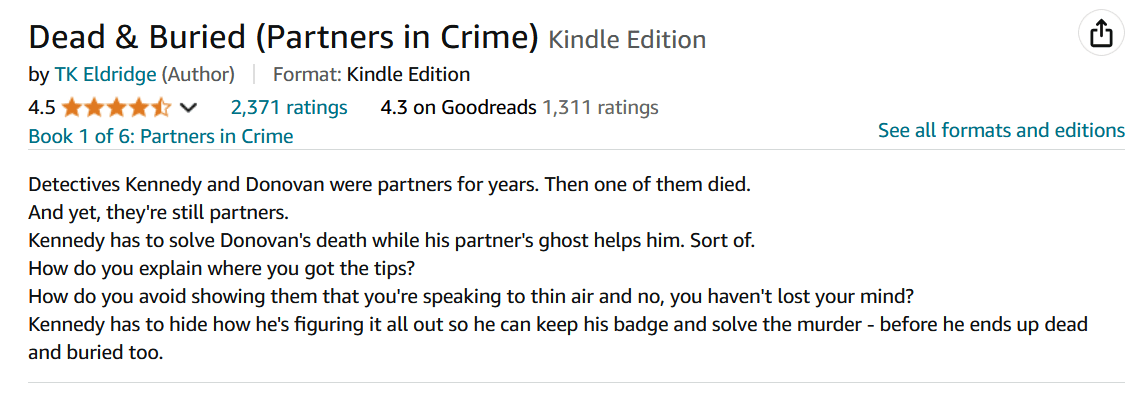
Tropes
Plot beats
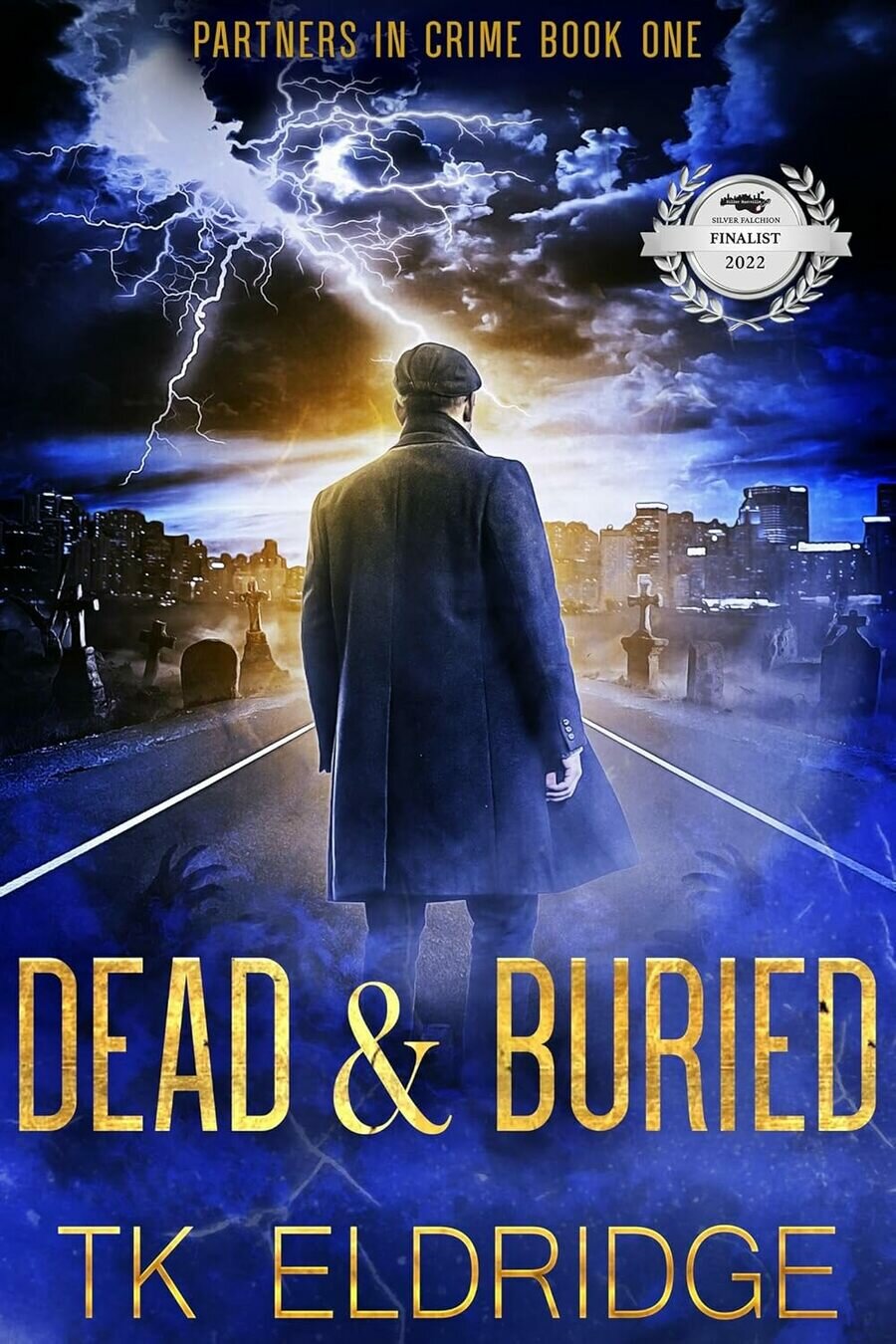
Examples (3): Fantasy




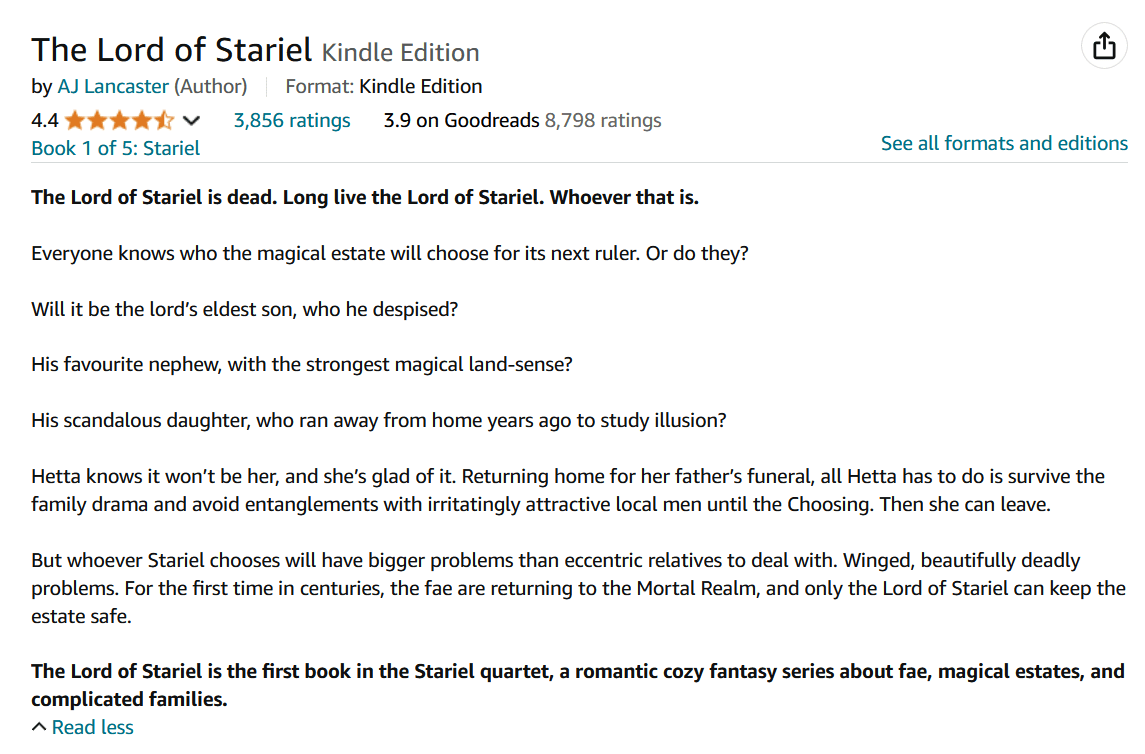
Tropes
Plot beats
Character voice
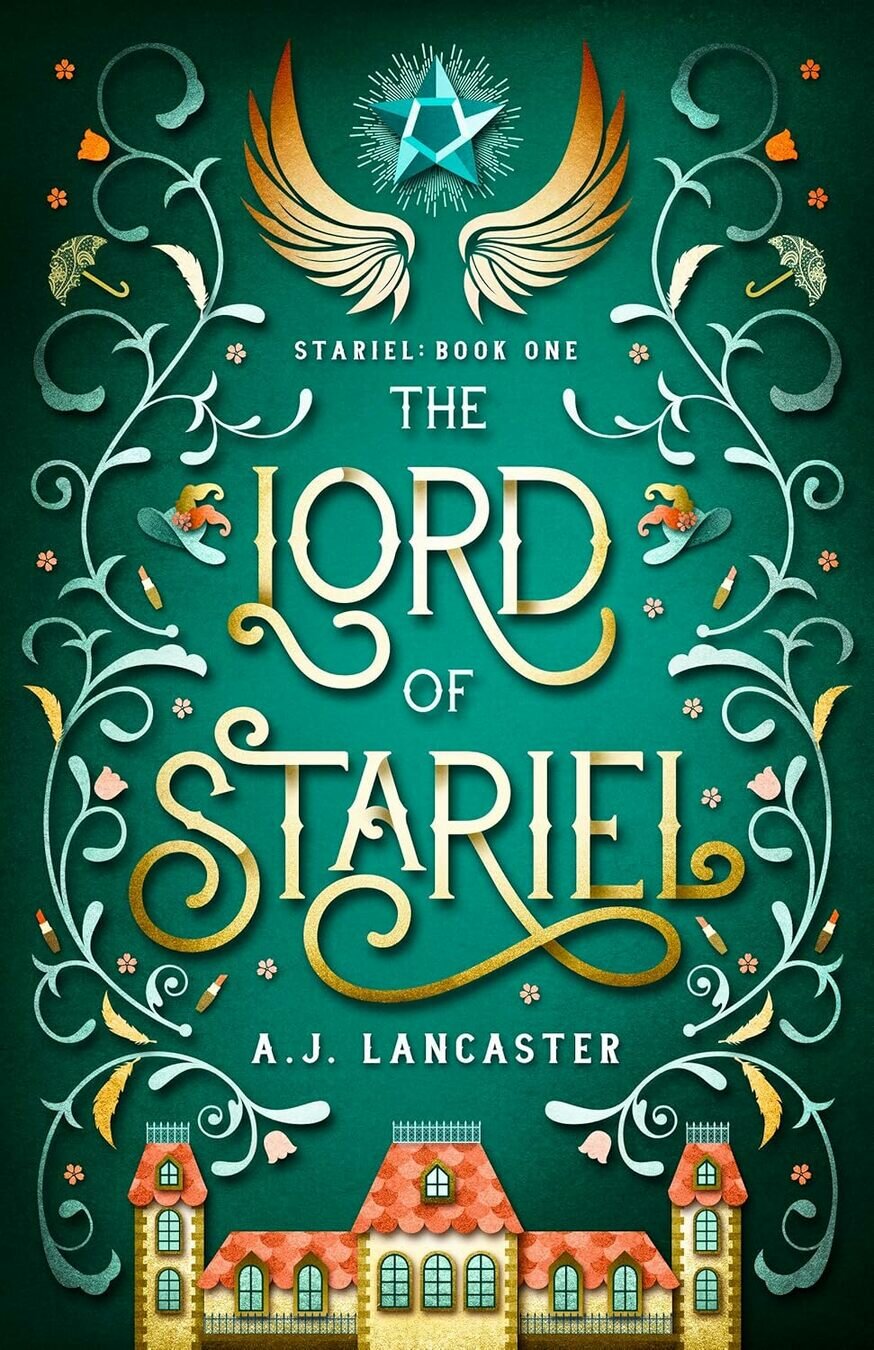
Then back to the notes on content
-
Look for story elements, but also beats, scenes and character voices
-
(Ideally) each sentence in the blurb is doing work
-
Look at reviews again





Summary: Blurbs
Drawing relationships between blurbs and content




Content
Blurbs






Covers
or, what's on the front of a book



Covers make a specific set of promises to the reader






About content
About branding
We can see this clearly with a cover montage







Make notes about styles
Then look at the books you read
e.g: Medium shot, no faces shown Long shot, couple with faces shown Object relevant to story
People: how many? Shot choice: face, full/half, medium, long (whole body) Objects: what and why?
Dominant colours and shades Typography Other recurring visual elements (branding)






Our examples (1)








Our examples (2)








Our examples (3)








Examples (2): Mystery








Examples (3): Fantasy








Summary: Covers
What does each element say about the content?









Eventually
Content
Blurbs
Covers















Market mechanics
or, everything else




Release frequency
Some genres may be fairly consistent in frequency








But some may accommodate a range of frequencies
The Top 100 by age shows this pretty clearly








So








-
A higher release frequency means that new story elements might crop up in your neighborhood more frequently
-
Shorter books may give you more room to experiment.
Standalone vs series








-
Writing in series can give you opportunities for new story elements and call-backs to previous books
-
But a series can also be a collaboration between authors
Pricing








-
Many romance genres have seen a gradual increase in price over the past 3-4 years.
-
$0.99 books are still around but often are first-in-series, or part of a series which may be discounted temporarily
Reminder: you can do this all yourself
The Also Boughts and Top 100s Downloader* Chrome extension downloads titles, prices and other basic data
*yeah, I know, it's a mouthful, I'm a writer not a marketer








Summary: Market mechanics
-
Release frequency -
Series vs standalone -
Pricing








-
You don't have to copy what others are doing in any of these factors
- But understanding them means you can make choices about where you fit in the market
Conclusions
(1) No binding rules
But awareness of your neighborhood helps you decide how your work fits into what readers are excited by right now(2) Key factors
Content: Story elements, emotion Blurbs: Tropes, character voice, plot beats Covers: Story elements, branding (series & author) Market mechanics: Release frequency, series vs standalone, pricing









Content
Blurbs
Covers
(3) Tools



Kindle Power Search
https://kpowersearch.com/
Also Boughts and Top 100s Downloader
https://kindletrends.com/download-also-boughts-chrome-extension/
Bonus: List of all Kindle Store categories
https://kindletrends.com/categories/
Kindletrends
A weekly and monthly market research newsletter
Research done for you, in your inbox every week

Summaries

Interactive tools for research
Alerts about books

Cover montages

Blurb trends and details
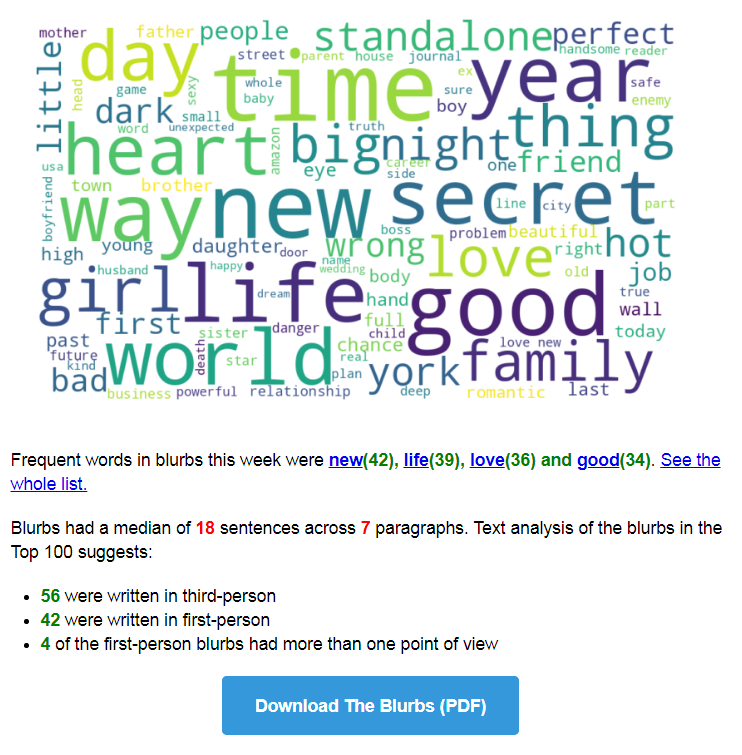
Filter for specific elements
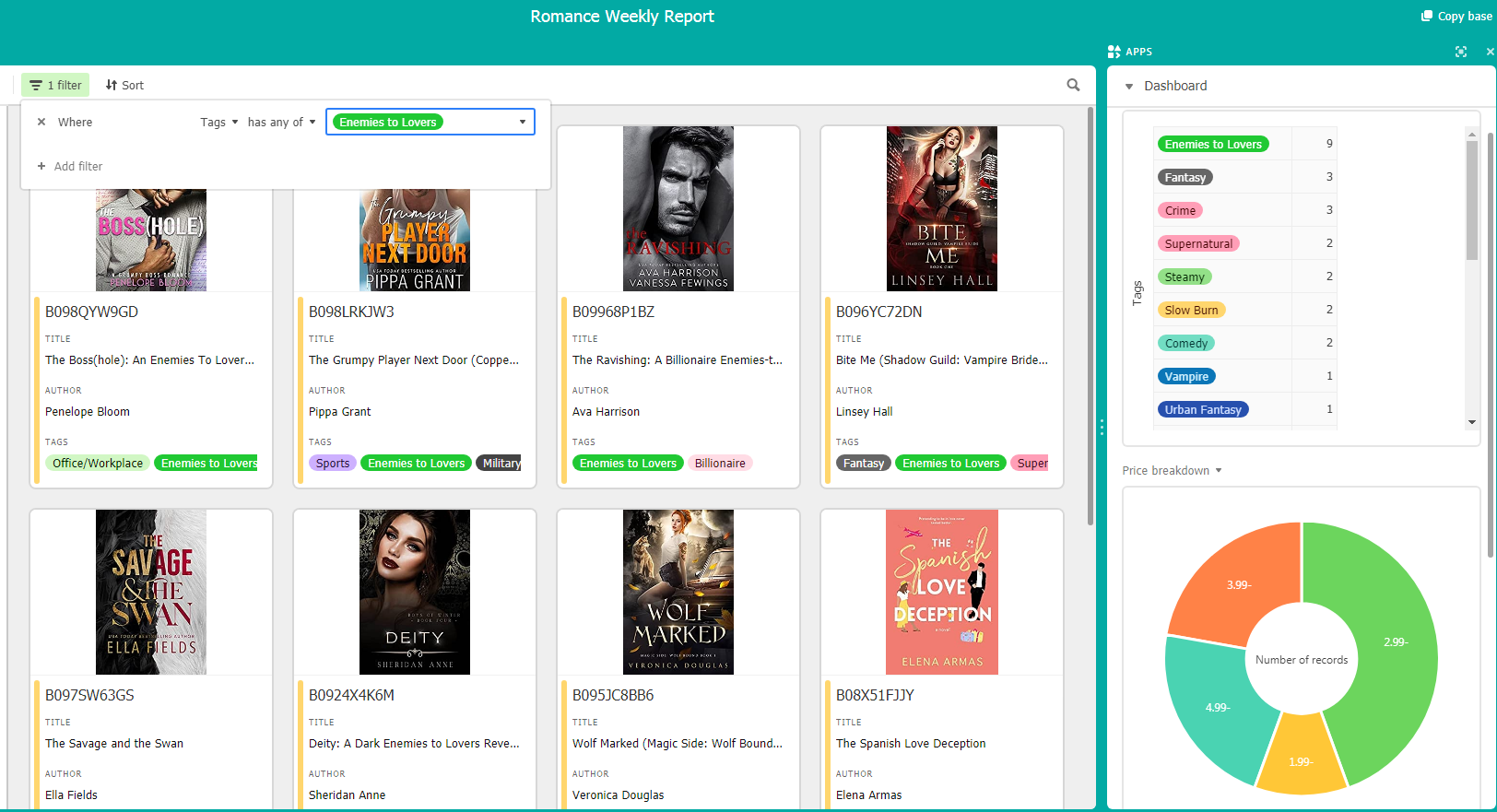
Detailed instructions and videos




14 genres in one subscription
Romance One-Hour Romance (KSR) Paranormal Romance Gay Romance Historical Romance Science Fiction Romance Mystery, Thriller & Suspense Cozy Mystery Science Fiction Fantasy Teen & Young Adult Urban Fantasy
-
Your first month is completely free - You can cancel any time you want
- Use the code MFRW for the next week, and subscribe for USD10/month forever.
Acknowledgements
Lana Love
Becca Syme
Hope Ford
Cassie Mint
Lizzie Dunlap from Pixie Covers
Elizabeth Brady
Thank you to all the authors and artists who helped with this talk
Kayelle for giving me the chance to speak
All of you for your time and attention
Thank you for watching!
For more free resources, check out:

For the slides for this talk:
